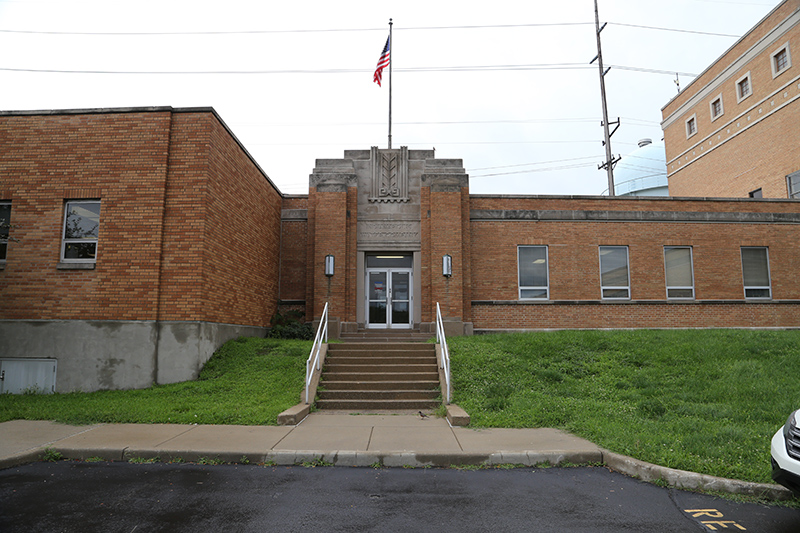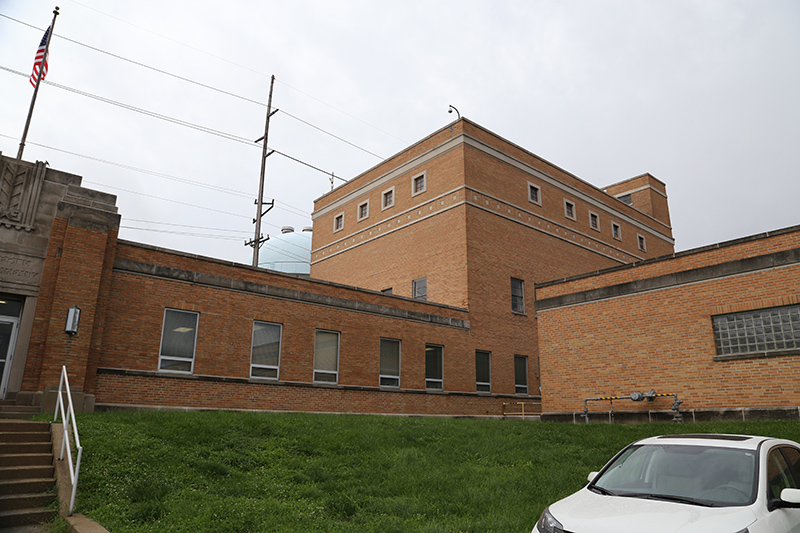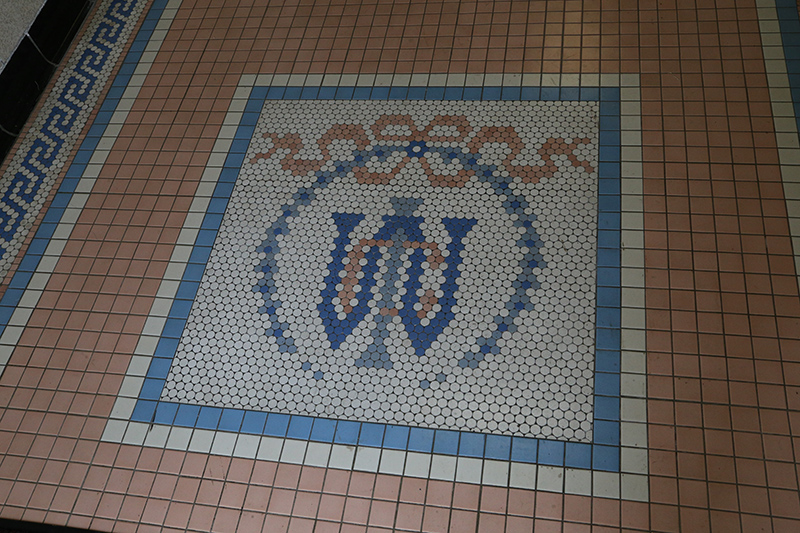
|
Broad Ripple Random Ripplings

The news from Broad Ripple
Brought to you by The Broad Ripple Gazette
(Delivering the news since 2004, every two weeks)

|
| Brought to you by: |

|

|

|

|

|

|
Converted from paper version of the Broad Ripple Gazette (v13n08)
Everything you always wanted to know about the canal...Part Fourteen
posted: Apr. 15, 2016
For those readers just discovering this series on the canal now in its 14th part, I will explain why the canal is important and why the Gazette is doing this series. The dam that created the Central Canal was built on the White River in 1936 and the Town of Broad Ripple grew up around it. It is why we are here today. For years the canal has supplied the City of Indianapolis with 60% of its fresh water which is processed for our clean water supply.
That wraps up all of the questions about the canal itself. Next we talked about how that canal water is processed to supply Indianapolis with fresh water.
Mario Morone, writer for the Broad Ripple Gazette, asked, "In the times you've spent with the water company has technology changed dramatically in the way you process water, manage it, and operations in general?"
Ed Malone, Director of Water Production for Citizens, replied, "No, technology has not...but yes, regulations have changed dramatically in my career here. The regulatory requirements for the water treatment process have significantly changed. I've been here for over 30 years."
I followed up, "Is that due to the introduction of new chemicals that are getting dumped [into the river, and get into the canal]?"
Ed answered, "Well, yes and no. Technology has allowed us to be able to differentiate or see what's in the water to a much more detailed level. And as we have the ability to monitor or analyze those things then we are also able to determine what the effects are of those things. Our treatment processes have been asked to respond accordingly. So, yes. There's been significant change, particularly related to turbidity, how clear the water is that we produce. And then related to chlorine, not only just to the chlorine residual (the amount left in the drinking water), but the effects that chlorine can have on the water. Chlorine is a two-sided sword. It is very beneficial in that it can remove things - meaning viruses, inactivation of viruses, what not. But also it can form disinfection byproducts which can cause health concerns, so there's a fine line. And then UV (ultra-violet treatment) came in because of the issues that happened in Milwaukee and other areas of the nation where cryto and giardia were not being removed effectively in some treatment operations. So, we now use UV to basically neutralize the crypto and giardia if it were to get past our treatment barriers, sedimentation filtration, and such. So, yes, the regulations have changed dramatically."
I asked, "When was [the White River Treatment Plant] built?"
"This plant was built over several decades," replied Ed. "It was started in the early 1900s, you can see time lines out in the hallway if you want to look at some of the pictures. Originally it had slow sand filters here, and you can see what those were by looking at the pictures in the hall. Then we went to what we call rapid sand filtration which is what we have now. One of the first filter buildings is still in service here. It's our 12 million gallon building. The 84 million gallon plant was built in the 60s, 70s, and 80s. You can see where it was expanded over the decades. So, this plant, about every 10-20 years seems to go through a major overhaul. The most recent overhaul here was the UV...the addition of UV to this facility."
"You said you do about 60% of [Indy's] water here. There's another treatment plant that does the rest of the 40%?", I asked.
"No," said Ed. "We have four surface water treatment facilities. This is one of the four. This is the largest of the four. Another is Fall Creek, which sits at the confluence of Fall Creek Parkway and Keystone. Another one is Eagle Creek, which sits at 56th and Eagle Creek. It's called our TW Moses Plant. The fourth one is the newest of the four, which is our White River North Facility, which sits up on White River at 118th and River Road in Carmel. And then, in addition to that, we have five ground water treatment facilities. The largest would be the South Wellfield, which sits down on Southport Road directly adjacent to White River. So, it's just between White River and State Road 37 on the south side of Southport. Directly across the street from Southport wastewater treatment plant. That's our south wellfield. There's another ground water plant about a mile from that one called our Harding Station. It's at Harding and Southport Road. The next one would be Geist Station, which sits at the base, or right at the Geist Dam, up on Fall Creek Parkway. Ford Road is another groundwater facility, sits over there basically where 865 crosses Ford Road, right there at Zionsville. And then the newest one is our Harbor Treatment Plant, which just came back on line in May of this year [2015]. It replaced two smaller plants that had been taken out of service in 2008 and it just came back on line this year. And it's a groundwater facility that sits at Morse Reservoir, right at the dam at Morse Reservoir in Noblesville. It's right there just north of State Road 32."
End of Part Fourteen
The art deco entrance of the White River Treatment Plant where the canal water is processed for the City of Indianapolis.



Original Indianapolis Water Company tile work in the vestibule of the plant.

alan@broadripplegazette.com

|

|

|
| Brought to you by: |

|

|

|
| Brought to you by: |

|

|

|


